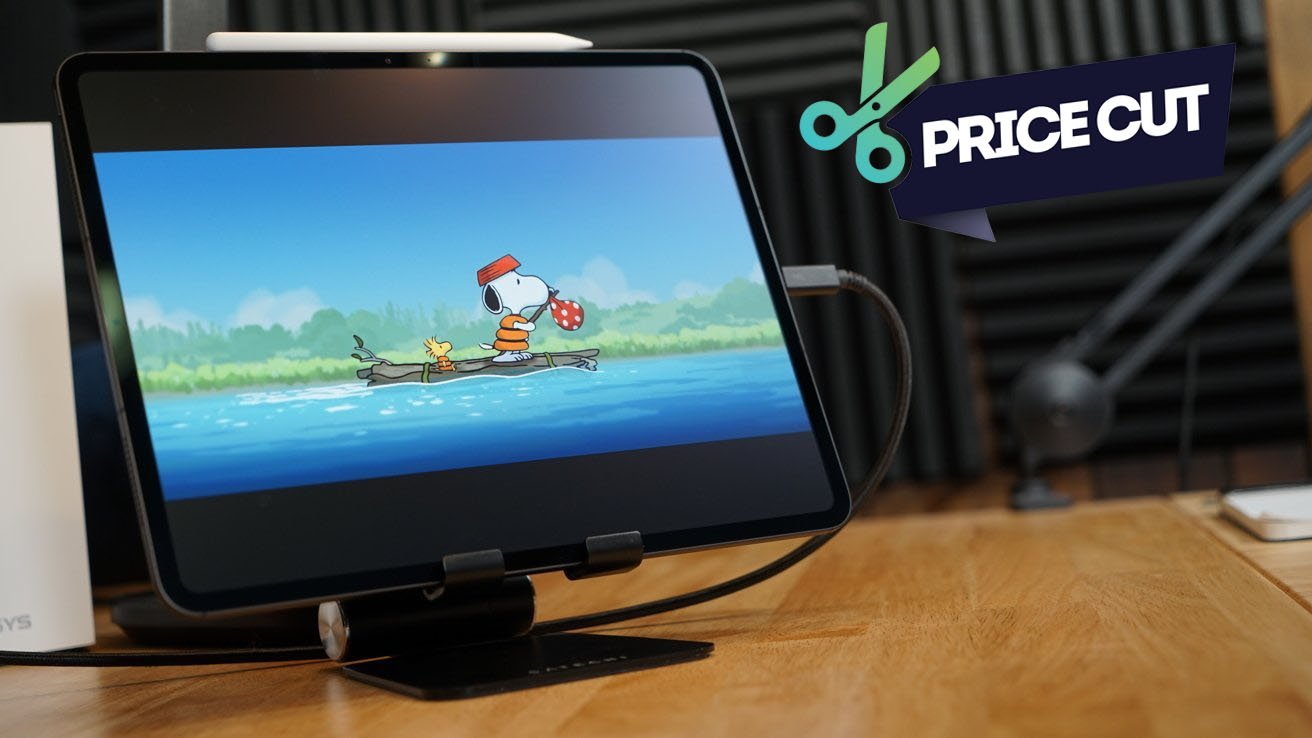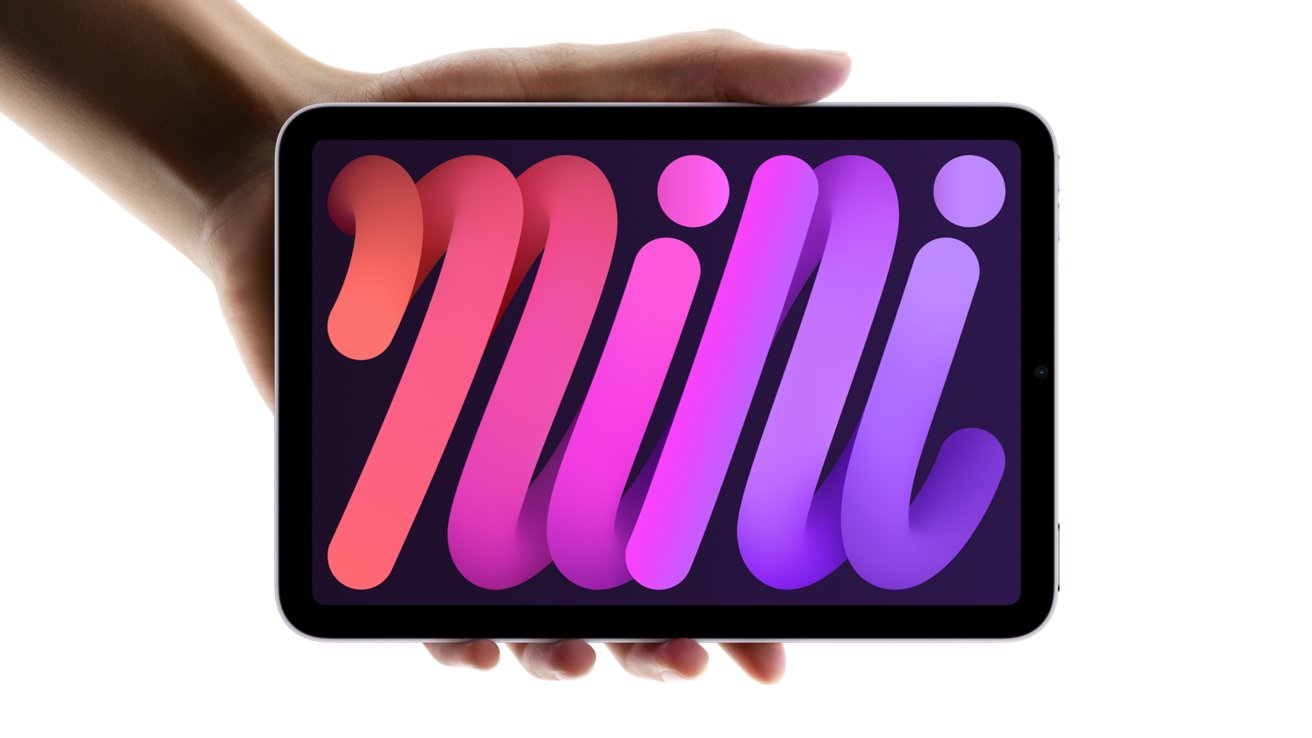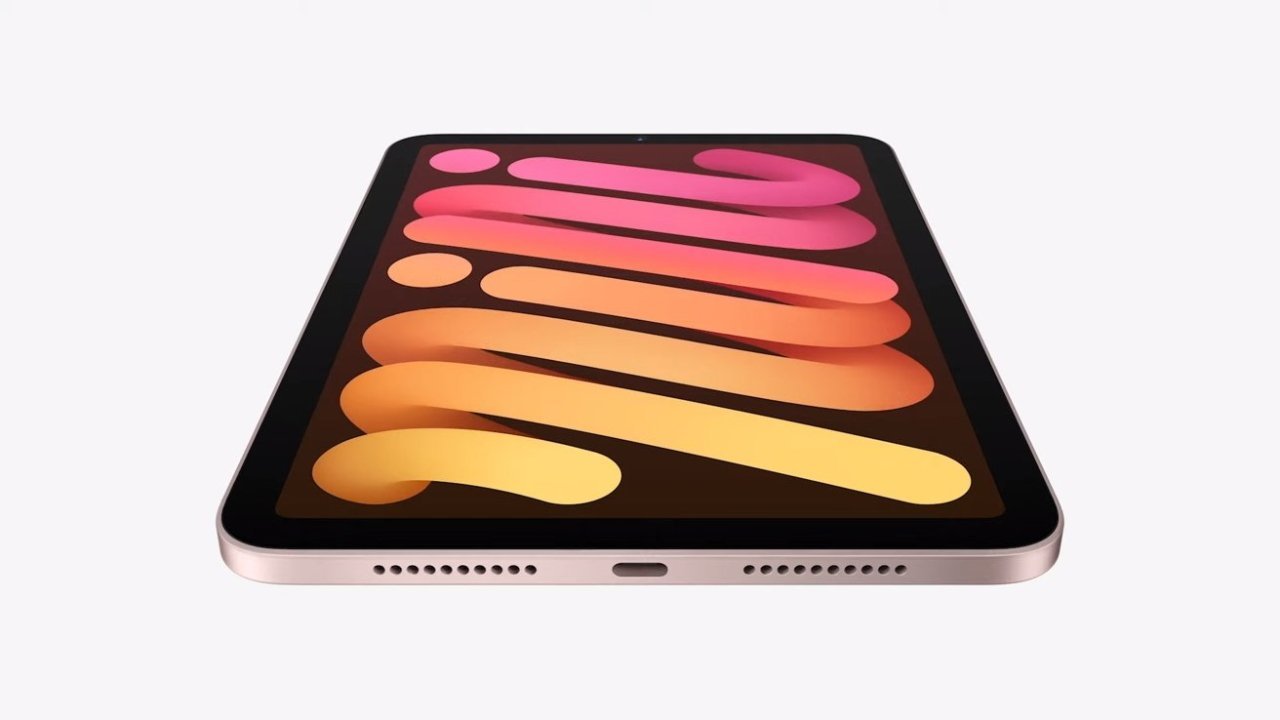How do you get the iPad away and survive it? How do you get the iPad away? If all your autistic student wants to do is play on the iPad, it can lead to lost sessions when you abruptly...
How do you get the iPad away and survive it?
How do you get the iPad away? If all your autistic student wants to do is play on the iPad, it can lead to lost sessions when you abruptly take it away. Autistic students learn a lot from visual teaching methods. But are we doing them any favors in the long term by teaching this way? Students with autism need our help to attain social skills and learn how to interact with others. One step that makes this possible is to get the iPad away.

It is all about change.
It comes down to this basic problem: how to get students with autism to vary the kinds of work they will do and work through change. With big stakes when it includes an iPad! Students with autism prefer the familiar, just like many of us. They are also visual learners. This makes screen time very enticing, but also limiting. Token boards can be a link to help students with autism to learn to vary their activities and work through change. We’d love to spend all of our time doing our favorite things, but that wouldn’t make us productive adults. And our students need to learn this, too!
Change Is From Your Student’s Perspective
Students with autism need to learn to cope with change. But it is best to make the changes small. It is also helpful to intermix new work with learned skills. And when the iPad is involved, it helps to make a connection between the content on the screen and the activity you want them to do.
This serves a few purposes:
Previously learned skills are better maintained.Reduces the pressure off of constantly dealing with the unfamiliar.Expands the learned content in different activities, which aids generalization.Gives students the chance to develop social skills.What Are Small Changes?
You have to watch your student’s behavior to find out what types of changes trigger anxiety. And be sure to talk to teachers. They will get to know your students faster than you can.
Visual changes can be difficult for some students. It can even be something so simple that we don’t notice it! For example, a worksheet can seem new if pictures to be matched are in squares where there used to be circles. It can take some detective work to figure out what made an activity overwhelming to your student. Especially if they have multiple learning challenges.
One small change at a time leads to success. So, if the new worksheet has squares instead of circles, don’t vary the pictures that are inside the shapes. Or you could adapt the worksheet so that most of the pictures are in circles. This helps your student see that it is the same work they know how to do.
Maybe your goal is to expand the number of answers on a worksheet. Then don’t change the format. Work on varying the shape used afterwards. Does this give you an idea of how to approach making small changes?
To summarize, make changes in the type of work small (from the perspective of the student) and keeps lots of familiar review work in every session.
How do token boards help?
Token boards help student with autism see how much work they are expected to do. They know when a difficult task will be done. And they see what they will get to do when the work is finished. We are used to doing this verbally, but our students with autism need to see it.
Words go very quickly in time, sometimes too fast to process. Pictures last in time. They stay there to look at for reassurance when work seems overwhelming. It’s a visual “I can do this!”
Start small. Make small changes. Expect it to take a while, but it can be done.
First, is your student familiar with token boards? If so, you can skip down some steps to start where you are SURE this will be a success. Next, remember that this is a detailed possible sequence of steps. Adjust it to your situation and your student. And always start a new session at the last completely successful step. Don’t expect to start where you ended the last time. Just figure your students will regain the steps more quickly each time.

How to use a Token Board to Get the iPad Away
Set up the token board for just one response. That means that only one token will be in the work area on the bottom.Work toward the goal of the student being able to hand the iPad to you. Make sure they understand the direction ‘give me’ with a visual. Put the iPad off to the side with the token board on top of it. Tell the student to give you a neutral object they don’t want (say a pencil.) Quickly move the token up and hand them the iPad. Set a timer for them to play for a minimal amount of time. Get the one token ready again when the student is playing. Place the token board and the pencil on top of the iPad when the timer goes off. Give the direction, ‘give me.’ Move the token up, take it off the iPad, and give the student access again. Practice these movements so you can do them quickly! Do these steps as long as you need to until the student is no longer agitated when iPad time stops briefly. Be sure to start at the beginning next session if it took the whole session to achieve this. Note how long it takes this time to show progress.Now your student has to learn to give you the iPad instead of the pencil. Next, start decreasing the amount of time the student spends playing in between work time.Always watch for when the student can do a step without showing signs of anxiety. Then use quick activities to extend the number of responses/tokens, building one at a time. The activities should be simple, rote, and familiar. Maybe simple directions like ‘clap hands’, placing puzzle pieces, or file folder matching. The student stays in charge of the iPad game while learning to set it aside for gradually longer periods of time.Add in some easy work related to your IEP goals. For example, intermix the basic commands with a labeling task until 5 or 10 tokens are done. (Remember you control the amount of work to be done by how many tokens are in the work area.)Keep working on the progression until your student can do a complete activity before gaining access to the iPad. It also helps to have the activity be similar to whatever they enjoy most on the iPad. Is it a TV character? A visual matching game? Figure out what it is, use screenshots from that activity to use in your speech work.Make a Personal Connection
Use this time to get to know your student’s stress reactions. And be sure to have some fun!
Build basic social interactions, such as laughing over something or looking briefly as you give it. Interact in a happy, natural way. Use simple turn-taking games. Make that personal connection so that time spent with you is also rewarding to the student.
Most students probably won’t need such discrete steps. Hopefully, this gives you an idea of how you can break down new tasks into small growth steps when you need to do this. It can seem like you aren’t getting much speech work done initially, but think long-term. How much more will you be able to accomplish over the year if you can use socially interactive work after this?
Why use themed token boards?
It is just like taking screenshots of the iPad games they like to make speech/language activities. You are making connections between a familiar and preferred activity to the new activities you expect them to do. If they have to put the iPad down, looking at the token of their favorite TV character can help them change the activity and learn something new.
I can’t use licensed characters in what I make. And I obviously have no idea about your student’s preferences. But you can download this FREE editable token board set for 5 or 10 tokens and make your own!
Download this FREE editable token board template so that you can personalize it! It is in Google slides, but you can download it as a PowerPoint file.
FREE Editable Token Boards
I'd love FREE editable token boards to help engage my students with autism.
Welcome to LLL! An email with the link is on its way to your inbox. Then be sure to open your monthly newsletter to get the FREE page password. Both the password and the freebies change monthly. Enjoy your freebies! Linda@LooksLikeLanguage
The post How to Get the iPad Away and Survive It *FREEBIE* appeared first on Looks Like Language.














